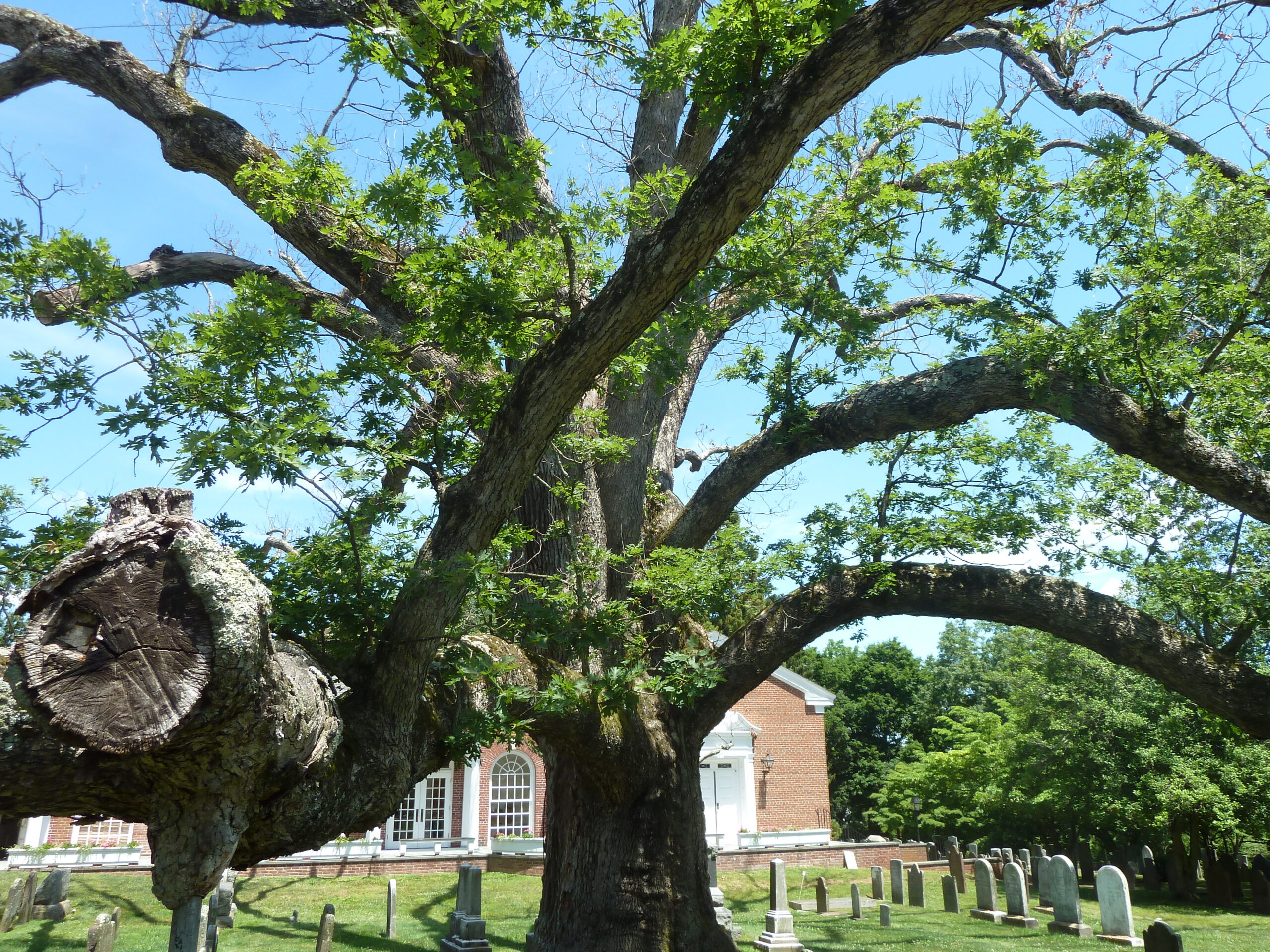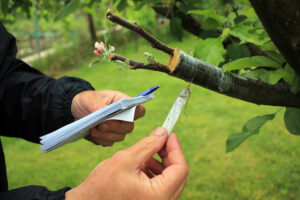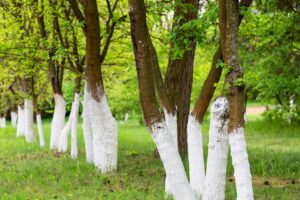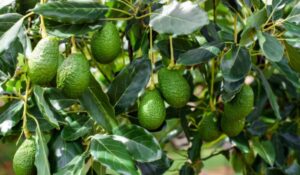Do you Know How Many Types of Oak Trees in the USA?
Oak trees are a symbol of strength, endurance, and longevity. Known for their broad canopies, deeply lobed leaves, and acorns, oak trees are an integral part of America’s forests, landscaping, and wildlife habitats. In the United States alone, there are approximately 91 species of oak trees. These species belong to the genus Quercus and are divided into two main categories: white oaks and red oaks. Each type varies in characteristics, habitats, and uses.
In this comprehensive article, we’ll explore the types of oak trees in the USA, their key features, habitats, and some intriguing facts about oak diversity across the country.
Categories of Oak Trees in the United States
Oaks in the U.S. are primarily classified into two main groups:
- White Oaks (Leucobalanus)
- Red Oaks (Erythrobalanus)
Each group has distinct characteristics that differentiate them, particularly in terms of leaf shape, acorn maturation, and the texture of bark.
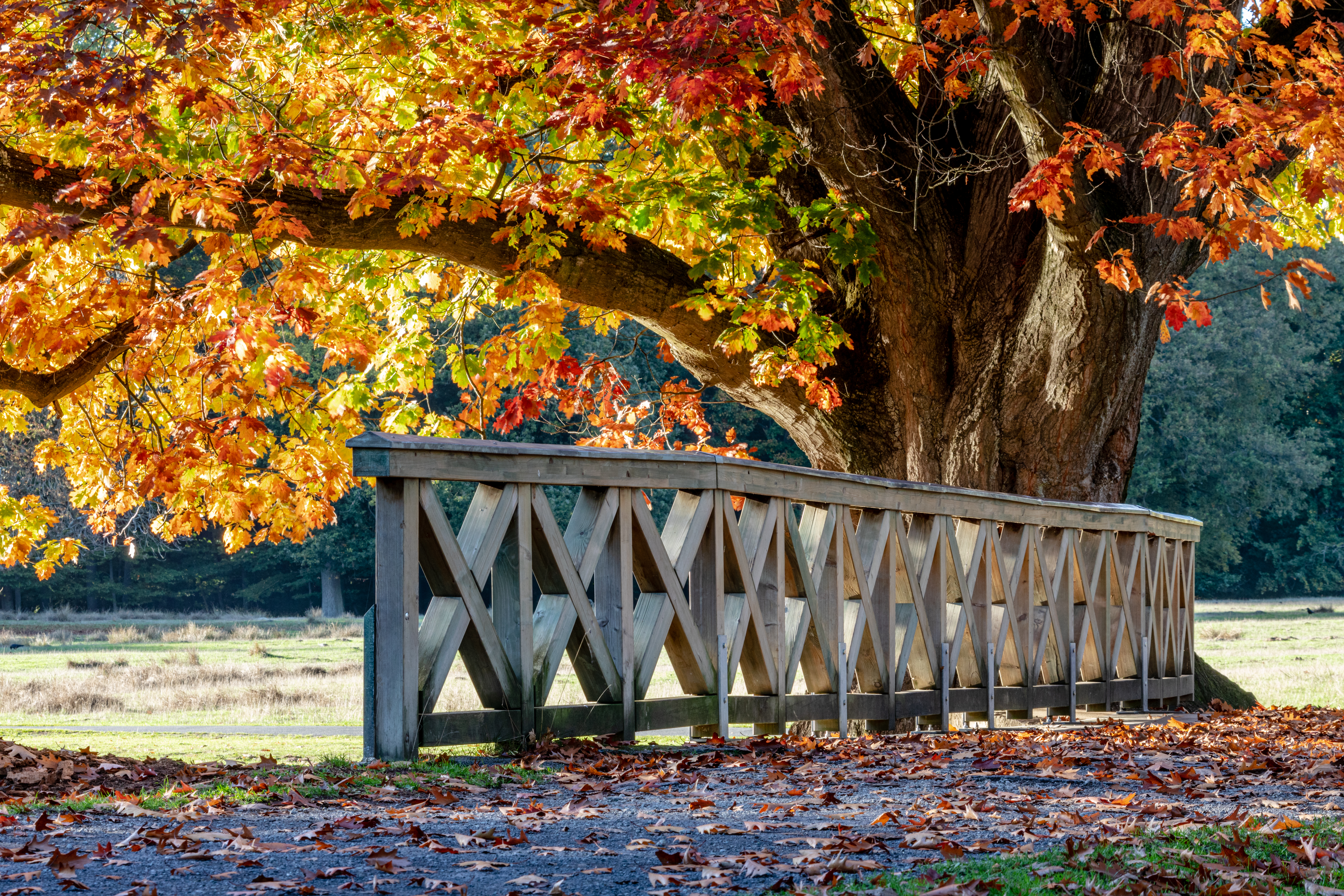
| Category | Characteristics | Examples |
|---|---|---|
| White Oaks | Lobed leaves, sweet acorns that mature in one season, lighter bark | White Oak, Bur Oak, Post Oak |
| Red Oaks | Pointed lobes, bitter acorns that take two years to mature, darker bark | Northern Red Oak, Black Oak, Pin Oak |
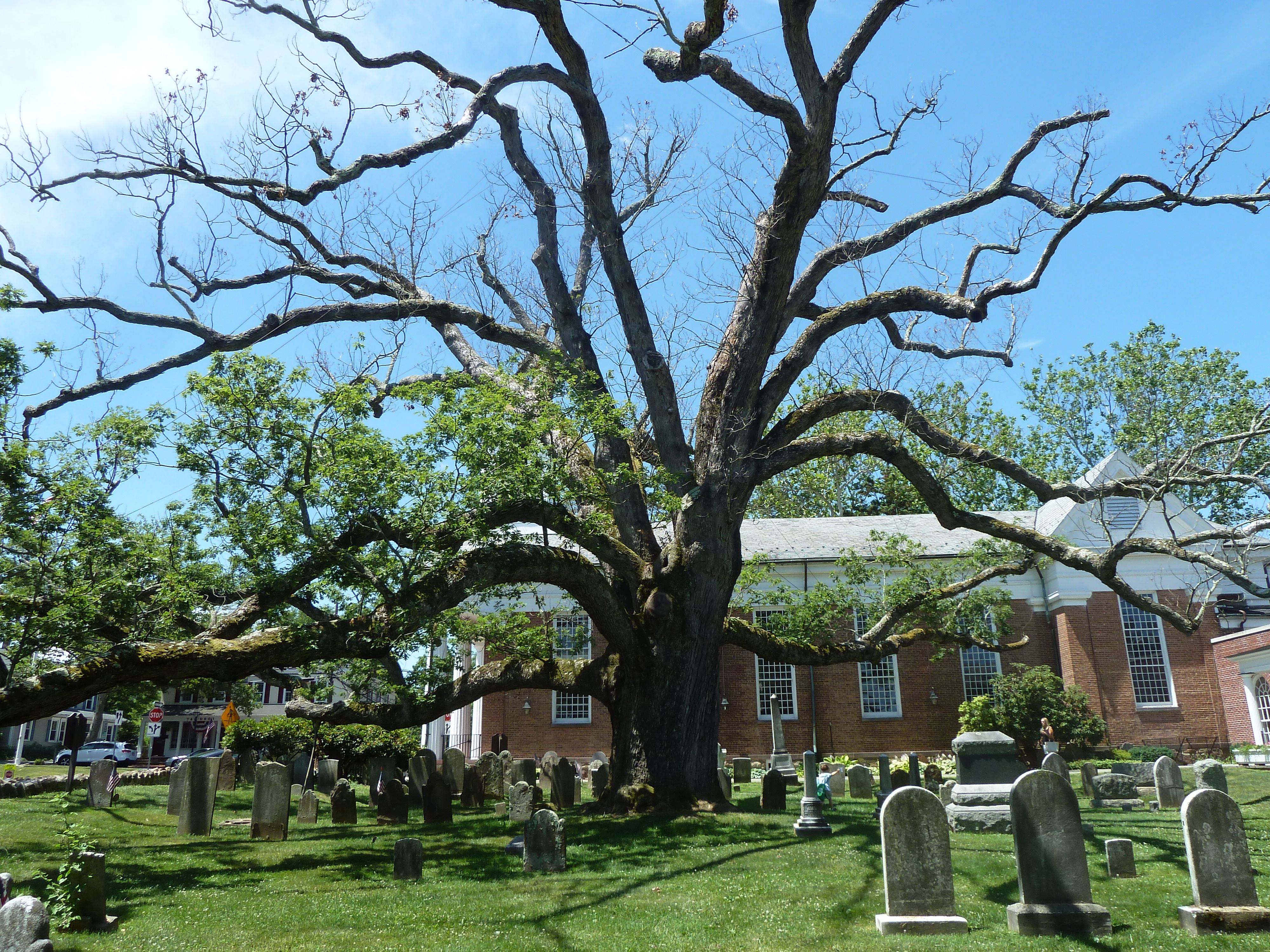
Common Types of Oak Trees in the USA
While there are many types of oak trees, some are more prominent and widespread. Below is a detailed look at 25 of the most common types of oak trees in the U.S. and their distinguishing features.
| Oak Species | Scientific Name | Common Habitat | Key Features |
|---|---|---|---|
| White Oak | Quercus alba | Eastern and Central U.S. | Tall with gray bark, rounded lobes |
| Northern Red Oak | Quercus rubra | Eastern U.S. | Fast-growing, reddish wood |
| Southern Live Oak | Quercus virginiana | Southeast U.S. | Evergreen, sprawling canopy |
| Bur Oak | Quercus macrocarpa | Central and Midwest U.S. | Large acorns, deep-furrowed bark |
| Pin Oak | Quercus palustris | Eastern and Midwest U.S. | Pointed lobes, often found in wetlands |
| Post Oak | Quercus stellata | Southeast and Midwest U.S. | Drought-resistant, cross-shaped leaves |
| Swamp White Oak | Quercus bicolor | Midwest and Northeast U.S. | Likes wet soils, peeling bark |
| Scarlet Oak | Quercus coccinea | Eastern U.S. | Brilliant fall color, deeply lobed leaves |
| Black Oak | Quercus velutina | Eastern and Central U.S. | Dark bark, bristle-tipped leaves |
| Chestnut Oak | Quercus montana | Appalachian Mountains | Serrated leaves, rich acorns |
| Willow Oak | Quercus phellos | Southeast U.S. | Narrow, willow-like leaves |
| Shumard Oak | Quercus shumardii | Southern and Central U.S. | Tall, with glossy green leaves |
| Overcup Oak | Quercus lyrata | Southeast U.S. | Acorns with large caps, wet habitats |
| Water Oak | Quercus nigra | Southeast U.S. | Rounded leaves, fast-growing |
| California Black Oak | Quercus kelloggii | Western U.S., particularly California | Dark bark, used for lumber |
| Blue Oak | Quercus douglasii | California | Blue-tinged leaves, drought-tolerant |
| Gambel Oak | Quercus gambelii | Rocky Mountains | Shrub-like, cold-tolerant |
| Coast Live Oak | Quercus agrifolia | California coast | Evergreen, twisted trunk |
| Canyon Live Oak | Quercus chrysolepis | Western U.S. | Evergreen, adaptable to different elevations |
| Emory Oak | Quercus emoryi | Southwestern U.S. | Semi-evergreen, found in desert regions |
| Chinkapin Oak | Quercus muehlenbergii | Midwest and Eastern U.S. | Chestnut-like leaves, prefers limestone soils |
| Turkey Oak | Quercus laevis | Southeast U.S. | Scrubby tree, prefers dry, sandy soils |
| Sand Live Oak | Quercus geminata | Coastal Southeast U.S. | Salt-tolerant, grows near beaches |
| Bear Oak | Quercus ilicifolia | Eastern U.S. | Small tree, found in poor soils |
| Scrub Oak | Quercus berberidifolia | California | Low-growing, shrub-like |
Features That Distinguish Oak Trees
- Leaves
Oak leaves can be simple, lobed, or toothed, with variations in shape depending on whether the tree belongs to the white or red oak group. White oaks have rounded lobes, while red oaks have pointed lobes. - Acorns
Oaks produce acorns that are a vital food source for wildlife. White oaks’ acorns mature in one year, while red oaks’ acorns take two years to mature. The size and cap of acorns also vary between species, with the Bur Oak producing some of the largest acorns. - Bark
The bark of oak trees can range from smooth to deeply furrowed and rough, depending on the species and age. For example, the White Oak has light gray bark, while the Northern Red Oak has darker, furrowed bark.
Importance of Oak Trees
Oak trees are more than just a symbol of strength; they play a significant role in maintaining ecological balance. These trees offer numerous benefits, from providing habitats to various species of birds and mammals to being a source of hardwood for construction and furniture. Oaks are also crucial for preventing soil erosion and enriching the soil with nutrients as their leaves decompose.
Ecological Importance
- Wildlife Habitat: Oaks provide shelter and food to a variety of animals, including deer, squirrels, and birds. Many species of birds, like woodpeckers and jays, rely on oaks for nesting and feeding.
- Biodiversity: Oak forests support a rich biodiversity, including hundreds of species of insects, fungi, and lichens. Oaks are known to host more than 500 species of caterpillars, which are a critical food source for birds.
- Soil Health: The dense root systems of oak trees help in reducing soil erosion and maintaining the integrity of the landscape. Oak leaf litter also contributes to soil fertility as it breaks down.
Human Uses
- Timber: Oak wood is highly valued for its strength and durability. It’s commonly used in furniture making, flooring, and wine barrels.
- Landscaping: Many species of oak are popular choices for landscaping due to their impressive appearance, shade-providing canopies, and longevity.
- Cultural Significance: Throughout history, oak trees have been a symbol of endurance and strength. Many national and state parks in the U.S. feature iconic oak trees that are hundreds of years old.
Threats to Oak Trees
Oak trees face numerous challenges in the U.S. due to environmental changes, pests, and diseases. Some of the primary threats include:
- Oak Wilt: A fungal disease that affects the vascular system of oak trees, cutting off the flow of water and nutrients.
- Sudden Oak Death: A disease caused by a water mold that can kill trees within a few weeks.
- Invasive Pests: Beetles, such as the Oak Borer, can infest and kill oak trees by damaging their bark and wood.
- Climate Change: Changes in climate, including rising temperatures and shifting precipitation patterns, can affect oak growth and health.
Conclusion
With over 90 species of oak trees spread across the United States, these iconic trees are an essential part of the American landscape. From providing ecological benefits to their impressive cultural significance, oaks have earned their place as one of the most important trees in the country. However, with increasing environmental pressures, it’s important to conserve and protect these majestic trees for future generations. Whether in the wild or as part of a carefully curated landscape, oak trees continue to stand as enduring symbols of nature’s resilience and beauty.
